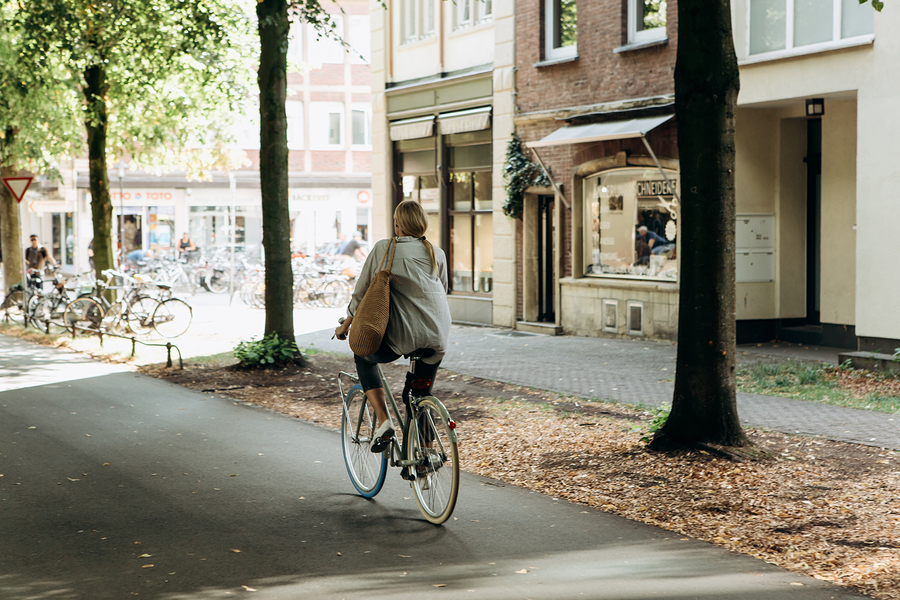There is no doubt the health of an urban community can be directly linked the health of the individuals who live within it. Successful urban spaces are built on strong neighborhood commercial districts, and quality public transportation and greenways options. Growing, robust urban communities provide greenspace, sidewalks, and bike paths to promote active lifestyles and inspire greater interaction among its citizens.
Seeing It in Action
Amsterdam has globally established itself as quite the biking urban community. It wasn’t always that way though. Amsterdam intentionally decided to create the biking infrastructure, and the people have since adapted. Nashville and other cities are still growing into this trend.
Cities where these systems and policies have been adopted have experienced a surge in ridership. Biking is up 443 percent in Portland, Oregon, from 1990 to present, and now up 142 percent in Austin. As Nashville continues to lay down greenways, sidewalks, and bike paths, ridership in our city will increase. People bike for transportation and recreation, but also for better health, to save money, and to run errands. If we make it easy and safe, people will walk or bike. Electric scooters are also becoming more prevalent in Nashville and other cities, making bike paths more crucial to keeping scooters off the sidewalks and in protected bike lanes.
Investing in this infrastructure makes sense both logistically and financially. When it comes to logistics, people are looking for the ability to leverage bicycling to accomplish many of their day-to-day activities. Bicycling is the fastest-growing form of transportation. In 2014, Americans bought more bikes (18 million) than they did cars and trucks combined (16 million). Active transportation is trending. In 2002, there were just seven bike-share systems worldwide. Now there are 750 bike-share systems worldwide, including 80 in the United States alone. In 2015, 82 U.S. cities adopted complete-street programs to accommodate cycling, bringing the total number to 900 cities and towns in the US that have now adopted these policies.
Financially, biking infrastructure provides a lot of bang for the buck. The city of Portland, OR says it created 300 miles of complete streets and greenways for the cost of one mile of freeway. Structured parking costs a developer more than $20,000 per unit. A reliable commuter bicycle costs between $300 and $1,000. A developer could provide 100 bikes for the cost of two structured parking units. Some cities, like Vancouver, are reducing parking requirements in exchange for more bicycle infrastructure.
How to Achieve Healthier Urban Spaces and Individuals
Greenways and public spaces can be activated if they aren’t already. Look for the natural assets that can be pulled into service. Helping our communities be more walkable and bikeable, stresses the importance of greenways and better public transportation.
As citizens in our communities, we can start by utilizing the current greenways, trails, and public transportation options provided by our cities – doing so validates the need and desire for these initiatives within our communities. If your community is just beginning to establish these spaces, be an advocate for those projects and get involved with the appropriate organizations (for Nashvillians, two good options are Walk Bike Nashville and Greenways for Nashville).
After all, the health and success of urban communities is a direct reflection of the citizens within that community. Find out more about how to get this kind of growth in your urban space by checking out my other blogs at onemileradius.com.
Further Reading:
Greenways: A Path to Mobility, Health, and Economic Investment

